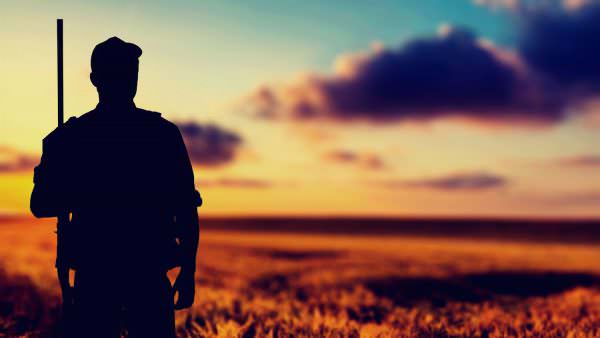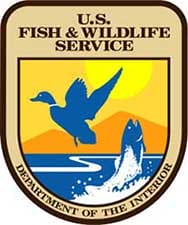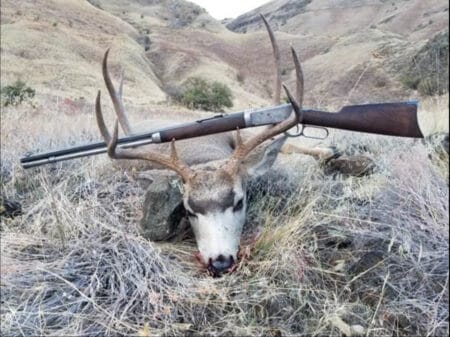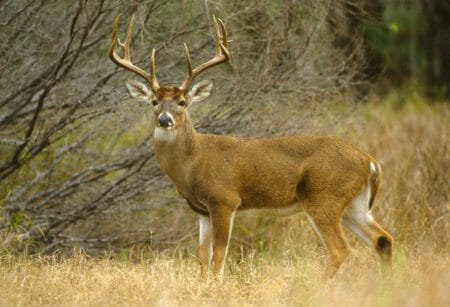
The U.S. Fish and Wildlife Service is asking the public to identify Service-managed lands where people would most like to see new or improved public recreation access. This effort continues the Service’s goal to expand public access to federal lands and ensure that everyone has access to the outdoors.
“We are committed to ensuring all Americans have access to hunting and fishing and other recreational activities on our public lands,” said Cynthia Martinez, Chief, National Wildlife Refuge System. “By enhancing and increasing public access on national wildlife refuges and national fish hatcheries, people can visit and enjoy quality outdoor recreation experiences in these remarkable places.”
The John D. Dingell Jr. Conservation, Management, and Recreation Act, signed into law in 2019, directs the Service and other federal land management agencies to develop and publish a priority list of public lands where public access for fishing, hunting, and other outdoor recreation could be improved. The Dingell Act directs each agency to update their priority list every two years and to seek public nominations when developing the list. The public is encouraged to identify Service-managed lands, including national wildlife refuges and national fish hatcheries, that meet the complete criteria.
The Service has increased public access through this priority direction by the Dingell Act for nearly 7,000 acres at the following national wildlife refuges:
- Blackwater National Wildlife Refuge (Maryland): Previously, a single access point served a 1,785-acre hunt unit, one of the refuge’s most popular units for sika deer hunting. Since the tract is mostly marsh, it is impractical for hunters to traverse on foot. The Service acquired an adjacent 748 acres, adding another access point and increasing recreational use for a total of more than 2,000 acres.
- Cahaba River National Wildlife Refuge (Alabama): The acquisition of 1,164 acres now provides public access to 1,700 acres of refuge land that was previously isolated and inaccessible. This has increased public recreational use on a total of 2,900 additional acres for fishing, hunting, hiking, and birdwatching.
- Felsenthal National Wildlife Refuge (Arkansas): An inaccessible public area of 1,100 acres of the refuge now has added public access through the acquisition of 1,020 acres. This has increased public recreational use on a total of more than 2,000 acres for hunting and fishing.
Nominations of public lands will be accepted over a 30-day comment period from December 16, 2024 – January 16, 2025. Lands nominated must meet these criteria:
- Must be managed by the Service.
- Must be at least 640 contiguous acres.
- Must have significantly restricted access or no public access.
- Must be open under federal or state law to hunting, fishing or use of the land for other public recreational purposes.
- Should have potential for public access and the likelihood of changing the current lack of public access or restriction to public access.
The public is encouraged to provide additional information as to why a nominated parcel deserves consideration. Once the nomination period closes, the Service will review the submissions to determine which lands meet the requirements and considerations specified by the Dingell Act.
The Refuge System is an unparalleled network of 573 national wildlife refuges and 38 wetland management districts. There is a national wildlife refuge within an hour’s drive of most major metropolitan areas – hosting some 69 million visits every year – almost all offering free admittance year-round. National wildlife refuges provide vital habitat for thousands of species and access to world-class recreation, from fishing, hunting and boating to nature watching, photography and environmental education.
The National Fish Hatchery System is dedicated to freshwater conservation and sustainable recreational fishing. National fish hatcheries are visited by more than 1 million people at 70 locations each year offering opportunities to catch a fish, enjoy a nature trail, see aquatic wildlife up close, go birding and many other outdoor activities.
The Service’s final priority list will be posted online and updated biennially thereafter through the year 2030. More information is available online.
U.S. Fish and Wildlife Service
The U.S. Fish and Wildlife Service works with others to conserve, protect and enhance fish, wildlife, plants and their habitats for the continuing benefit of the American people. For more information, visit www.fws.gov, or connect with us through any of these social media channels: Facebook, Instagram, X, LinkedIn, YouTube and Flickr.







This is an opportunity for DOGE to save the taxpayers several 100s of millions of dollars by eliminating the U.S. fish and Wildlife Service and returning ownership of all lands to the individuals states in which it sits. Including all off shore properties out to 3 miles.